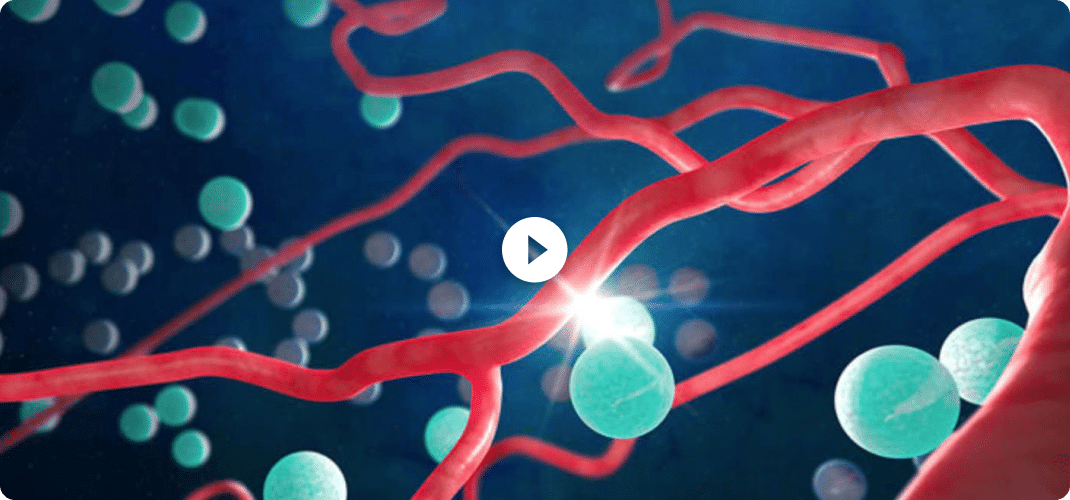Our Services
Uncover the secrets to optimal health and wellbeing with Quantum Cellular Scan, a groundbreaking technology that delves deep into the core of your being. Our revolutionary Express Scan is the first step on your journey to improved health, allowing you to address potential issues before they manifest into more serious conditions. With the power of specific frequencies and a vast database of vibrational oscillations, we pave the way for you to live a fuller life. Discover a new dimension of healthcare as we guide you through understanding your emotions, cellular health, structural well-being, and the interconnectedness of your body. By pinpointing the root causes of symptoms and illnesses, we empower you to take control of your health and wellness.
Record your 30-second voice note. Share anything you like; this is your opportunity to express yourself. This personal touch allows our technology to capture unique aspects of your vibrational frequencies. Use the app of your choice. Begin your journey by adding the Express Scan service to your cart and proceed to checkout once you pay you’ll get a form you’ll need to fill out. The truth is, weight loss isn’t just about cutting calories. If your body has nutrient deficiencies, hormonal imbalances, or metabolic inefficiencies, no diet will work. I struggled for years with dieting before Express Scan showed me what my body was missing. Once I addressed those imbalances, the weight finally came off! 📅 Book Your Scan Today! Weight loss shouldn’t be a mystery—Express Scan gives you the answers you need to reach your goals with confidence. Begin your journey by adding the Express Scan service to your cart and proceed to checkout once you pay you’ll get a form you’ll need to fill out. Embark on a path to a healthier, fuller life. With Quantum Cellular Scan, you have the opportunity to proactively address potential health issues and enhance your overall well-being. Add Express Scan to your cart now and start your transformative health journey today. Heavy metal detoxification using a foot basin, commonly known as foot detox baths or ionic foot baths, is a holistic approach aimed at promoting the removal of toxic substances, including heavy metals, from the body. This alternative therapy involves immersing the feet in a warm water bath infused with special salts and electrodes. Proponents claim that this process facilitates the release of toxins through the feet, promoting overall well-being and addressing potential health issues associated with heavy metal exposure. Heavy metal detoxification through foot basins is often promoted for the following purposes: Peptide therapy is an innovative medical approach that harnesses the power of peptides—short chains of amino acids—to modulate and regulate various physiological functions in the body. Peptides serve as signaling molecules, carrying out essential roles in cellular communication and influencing processes such as hormone regulation, immune response, and tissue repair. In peptide therapy, these carefully selected and synthesized peptides are used to address specific health concerns and optimize overall well-being. Peptides act as messengers, transmitting signals between cells and influencing cellular responses. They can modulate processes such as growth, repair, and immune function. Certain peptides play a role in regulating hormone levels, affecting functions like metabolism, energy balance, and stress response. Peptide therapy is utilized in various medical contexts, including UV therapy, or ultraviolet light therapy, is a medical treatment that utilizes specific wavelengths of ultraviolet (UV) light to address various skin conditions and certain internal health issues. This therapeutic approach leverages the beneficial effects of UV light on biological tissues, promoting healing and providing relief for conditions ranging from skin disorders to certain autoimmune diseases. Homeopathy is a system of alternative medicine founded on the principle of “like cures like” – a concept that substances causing symptoms in a healthy person can, in minute doses, stimulate the body to heal those same symptoms in a person who is unwell. Developed in the late 18th century by Samuel Hahnemann, homeopathy is grounded in the belief that the body has an inherent ability to heal itself, and small, highly diluted doses of natural substances can support this healing process. Herbology, also known as herbalism or botanical medicine, is a traditional healing practice that utilizes the therapeutic properties of plants to promote health and address a wide range of medical conditions. Rooted in ancient traditions and cultures worldwide, herbology acknowledges the potent healing potential found in nature’s botanical bounty. Practitioners of herbology, known as herbalists, leverage the medicinal properties of herbs, roots, flowers, and other plant parts to support the body’s natural healing processes. Herbal Remedies: Herbalism involves the use of herbal remedies, which are preparations made from various plant parts, including leaves, roots, stems, flowers, and seeds. These remedies can take the form of teas, tinctures, capsules, poultices, or topical applications. Holistic Approach: Herbology often adopts a holistic approach, considering not only the specific symptoms but also the individual’s overall health, lifestyle, and environmental factors. Herbology is employed to address a wide range of health conditions, including: Digestive Issues: Herbs like peppermint, ginger, and chamomile are used to alleviate digestive discomfort and promote gastrointestinal health. Immune Support: Echinacea, elderberry, and astragalus are examples of herbs believed to support the immune system and help the body resist infections. Stress and Anxiety: Herbs such as valerian, passionflower, and holy basil are used to ease stress, anxiety, and promote relaxation. Skin Conditions: Calendula, aloe vera, and tea tree oil are often used topically for skin conditions such as wounds, burns, and acne. Women’s Health: Herbs like red clover, dong quai, and black cohosh are employed to address various aspects of women’s health, including hormonal balance and menstrual issues. Natural Healing: Herbology emphasizes the use of natural substances to stimulate the body’s innate healing abilities, supporting a more holistic approach to wellness. Cultural Traditions: Herbology draws on the wisdom of diverse cultural traditions, incorporating knowledge passed down through generations. Minimal Side Effects: When used appropriately, herbal remedies often have fewer side effects compared to some pharmaceutical medications. Personalized Approach: Herbalists tailor their recommendations to the individual, recognizing that each person may respond differently to herbal interventions. Nutritional therapy, also known as nutrition therapy or dietary counseling, is a holistic approach to health that focuses on the role of nutrition in promoting overall well-being, preventing disease, and addressing specific health concerns. This therapeutic practice recognizes the profound impact that food and dietary choices have on the body’s functions and aims to optimize nutrition to support individual health goals. Individualized Assessment: Nutritional therapy begins with a thorough assessment of an individual’s dietary habits, lifestyle, medical history, and health goals. This personalized approach allows practitioners to tailor recommendations to meet specific needs. Holistic Perspective: Nutritional therapy considers the interconnectedness of various bodily systems and addresses health from a holistic standpoint. It recognizes that nutrition plays a crucial role in supporting not only physical health but also mental and emotional well-being. Assessment and Analysis: A nutritional therapist assesses the individual’s current diet, lifestyle, and health concerns. This may involve discussions about eating habits, preferences, potential nutrient deficiencies, and any existing health conditions. Goal Setting: Based on the assessment, specific health goals are established. These goals may include weight management, improved energy levels, digestive health, hormonal balance, or addressing specific nutritional deficiencies. Personalized Recommendations: Nutritional therapists provide personalized dietary recommendations, which may include changes to food choices, meal planning, portion control, and suggestions for incorporating nutrient-dense foods. Education and Support: Clients receive education about the nutritional value of various foods, the importance of balanced and diverse diets, and lifestyle factors that can influence health. Ongoing support and guidance are integral parts of the process. Nutritional therapy is applied in various health contexts, including: Weight Management: Nutritional therapy can assist individuals in achieving and maintaining a healthy weight through balanced and sustainable dietary practices. Digestive Health: It may address digestive issues, such as irritable bowel syndrome (IBS) or food intolerances, by identifying and modifying dietary triggers. Chronic Conditions: Nutritional therapy is utilized in managing chronic conditions such as diabetes, cardiovascular disease, and autoimmune disorders through dietary modifications that support overall health. Sports Nutrition: Athletes may seek nutritional therapy to optimize their performance, enhance recovery, and meet specific nutritional needs associated with their training regimen. Optimized Nutrition: Nutritional therapy focuses on providing the body with essential nutrients needed for optimal function, supporting overall health and vitality. Disease Prevention: By addressing dietary factors, nutritional therapy aims to prevent and manage chronic diseases linked to poor nutrition, such as heart disease, diabetes, and certain cancers. Improved Energy Levels: Proper nutrition can contribute to sustained energy levels throughout the day, reducing fatigue and supporting overall vitality. Enhanced Mental Well-Being: The connection between nutrition and mental health is acknowledged in nutritional therapy, with dietary interventions aiming to support emotional well-being and cognitive function. Stem cell therapy represents a groundbreaking field in regenerative medicine, offering a promising approach to address a variety of medical conditions and injuries. Stem cells, known for their unique ability to transform into different cell types in the body, are harnessed to repair, replace, or regenerate damaged tissues and organs. This innovative therapeutic approach holds the potential to revolutionize treatment strategies for a range of diseases and injuries by promoting natural healing processes. Stem Cells: Stem cells are undifferentiated cells with the remarkable ability to differentiate into specialized cell types, such as muscle, bone, cartilage, and nerve cells. They can also self-renew, maintaining a pool of undifferentiated cells for ongoing repair and regeneration. Cell Sources: Stem cells used in therapy can be derived from various sources, including embryonic stem cells, adult or somatic stem cells, and induced pluripotent stem cells (iPSCs) created through reprogramming. Stem cell therapy is explored for the treatment of numerous medical conditions, including: Orthopedic Conditions: Stem cells are used to promote the healing of musculoskeletal injuries, such as tendon and ligament damage, osteoarthritis, and fractures. Cardiovascular Disorders: Stem cell therapy is being investigated for its potential to repair damaged heart tissues following a heart attack or in conditions like congestive heart failure. Neurological Disorders: Stem cells show promise in the treatment of neurodegenerative diseases like Parkinson’s and Alzheimer’s, as well as neurological injuries such as spinal cord damage. Autoimmune Diseases: Stem cells may be used to modulate the immune system and address conditions like rheumatoid arthritis, lupus, and multiple sclerosis. Diabetes: Stem cell therapy is explored for its potential to restore pancreatic function and insulin production in individuals with diabetes. Cell Harvesting: Depending on the type of stem cells used, they may be harvested from the patient’s own body (autologous), from donor tissues, or derived from laboratory cultures. Processing and Purification: The harvested cells are processed and purified to isolate the stem cells for therapeutic use. Administration: The purified stem cells are then introduced into the patient’s body through various administration methods, such as injections, infusions, or localized implantation at the site of injury or disease. Tissue Regeneration: Stem cell therapy aims to stimulate the body’s natural regenerative processes, promoting the repair and regeneration of damaged tissues. Reduced Inflammation: Stem cells exhibit anti-inflammatory properties, which can contribute to the reduction of inflammation associated with various conditions. Minimized Scarring: Stem cell therapy may help minimize scar tissue formation by promoting the regeneration of functional tissue. Personalized Treatment: Autologous stem cell therapy, using the patient’s own cells, reduces the risk of immune rejection and allows for personalized treatment plans. Heavy metal detoxification using a foot basin, commonly known as foot detox baths or ionic foot baths, is a holistic approach aimed at promoting the removal of toxic substances, including heavy metals, from the body. This alternative therapy involves immersing the feet in a warm water bath infused with special salts and electrodes. Proponents claim that this process facilitates the release of toxins through the feet, promoting overall well-being and addressing potential health issues associated with heavy metal exposure. Heavy metal detoxification through foot basins is often promoted for the following purposes: Heavy metal detoxification through chelation is a therapeutic process designed to remove toxic heavy metals from the body. Exposure to heavy metals, such as lead, mercury, cadmium, and arsenic, can occur through environmental pollutants, occupational hazards, or certain medical treatments. Chelation therapy involves the administration of chelating agents, substances that bind to heavy metals, facilitating their excretion from the body and mitigating potential health risks. Chelation therapy is utilized in various medical contexts, including:
Express scan

Quantum Cellular Scan: The Gateway to Optimal Health


Introducing Express Scan – Your First Step to a Healthier You
Why Quantum Cellular Scan?
Here are the steps
3 Record Voice
2 Form Completion
Fill out the form once more for a comprehensive understanding of your health.
4 Upload MP3 File
Upload the recorded voice note to the form.
1 Add to Cart
5 Form Submission
After filling out all the information and uploading the voice note you are ready to submit the form.Unlock Your Body’s True Weight Loss Potential with Express Scan
Why Traditional Dieting Isn’t Enough
How Express Scan Works
Real People, Real Results
It’s Time to See Results
Introducing Express Scan –
our First Step to a Healthier You
1 Add to Cart
2 Form Completion
Fill out the form once more for a comprehensive understanding of your health.
3 Record Voice
Record your 30-second voice note. Share anything you like; this is your opportunity to express yourself. This personal touch allows our technology to capture unique aspects of your vibrational frequencies. Use the app of your choice.
4 Upload MP3 File
Upload the recorded voice note to the form.
5 Form Submission
After filling out all the information and uploading the voice note you are ready to submit the form.What Happens Next?


Take the First Step Today!
View sample report

Heavy Metal Detoxification through Foot Basin: Purifying the Body’s Pathways
Heavy metal detoxification through foot basin purifying the bodys pathways


Applications
Detoxification
Proponents claim that the treatment helps the body eliminate toxins, including heavy metals, promoting a sense of detoxification. Relaxation
The warm water and the act of soaking the feet can contribute to a relaxing experience, potentially reducing stress and tension. Energy Balance
Some practitioners suggest that the treatment helps balance the body’s energy pathways and supports overall energy flow.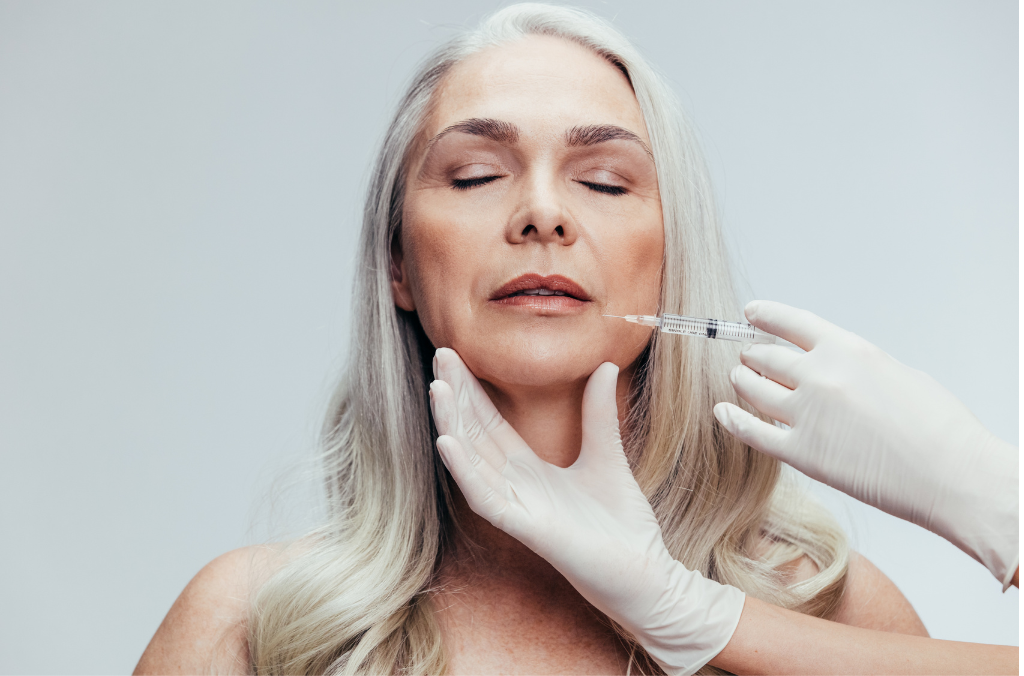
Peptide Therapy: Unlocking the Therapeutic Potential of Signaling Molecules
Peptide therapy unlocking the therapeutic potential of signaling molecules


Key Components

Peptides
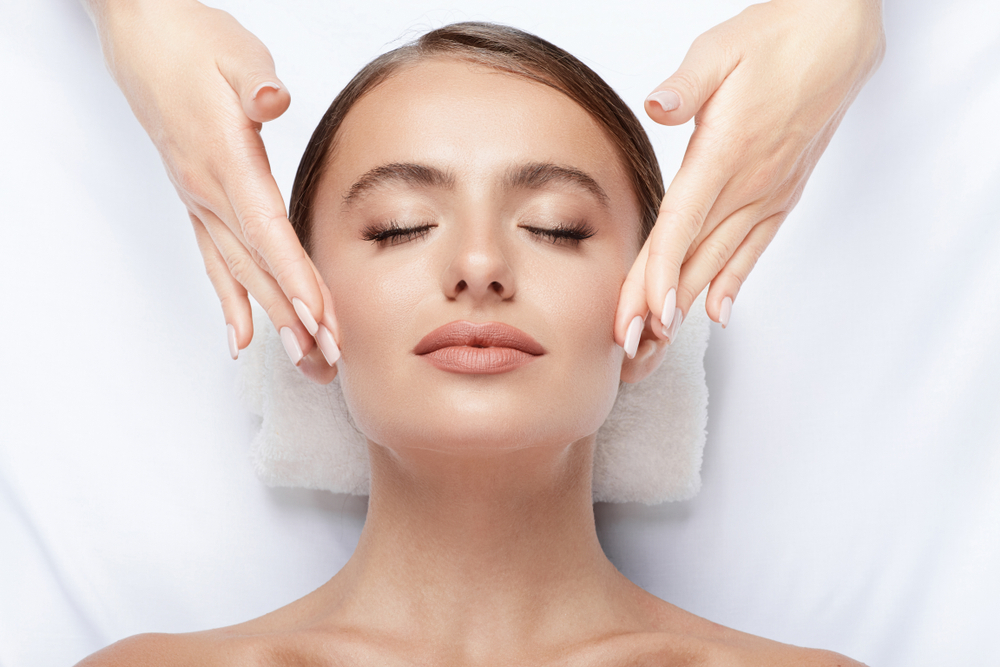
Synthetic Peptides
Mechanisms of Action
Cellular Signaling
Hormone Regulation
Administration
Injection
Topical Applications
Applications
Anti-Aging
Peptides with collagen-stimulating properties may be used to enhance skin elasticity and reduce the appearance of wrinkles, contributing to a more youthful appearance. Muscle Growth and Repair
Peptides such as growth hormone-releasing peptides (GHRPs) may support muscle growth, recovery, and the repair of injured tissues. Metabolic Health
Peptides may influence metabolic processes, potentially aiding in weight management and promoting metabolic efficiency. Immune Support
Certain peptides may enhance immune function, assisting the body in mounting a robust defense against infections and illnesses. Cognitive Health
Peptides that support brain function may be explored for their potential in improving cognitive health and addressing conditions like cognitive decline.Benefits


UV Therapy: Harnessing the Healing Power of Ultraviolet Light
Uv therapy harnessing the healing power of ultraviolet light

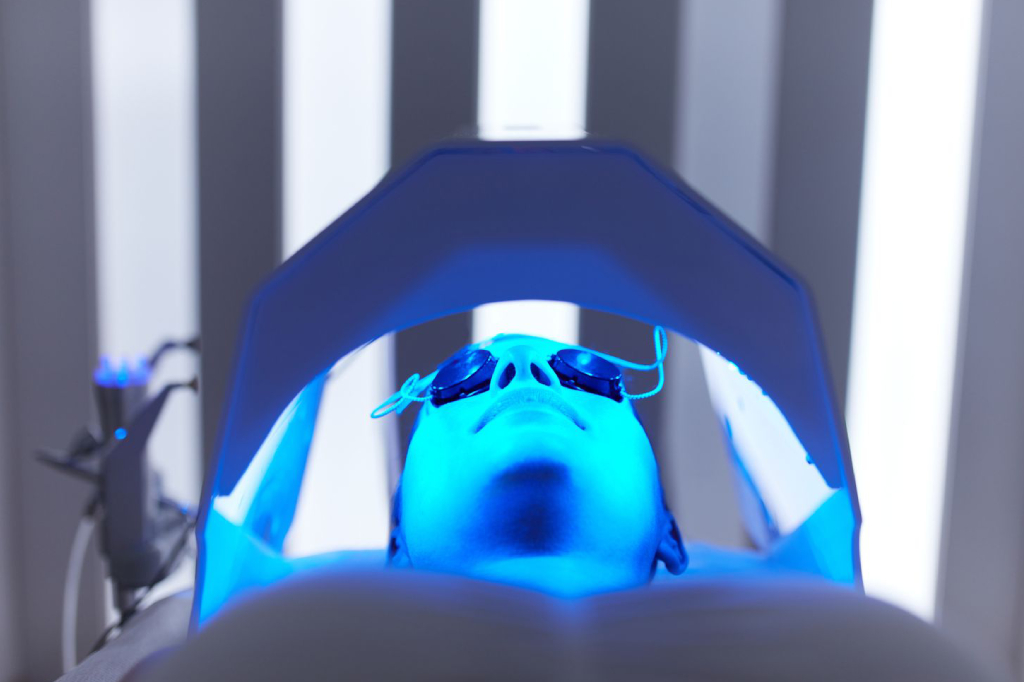
Key Components

Ultraviolet Light
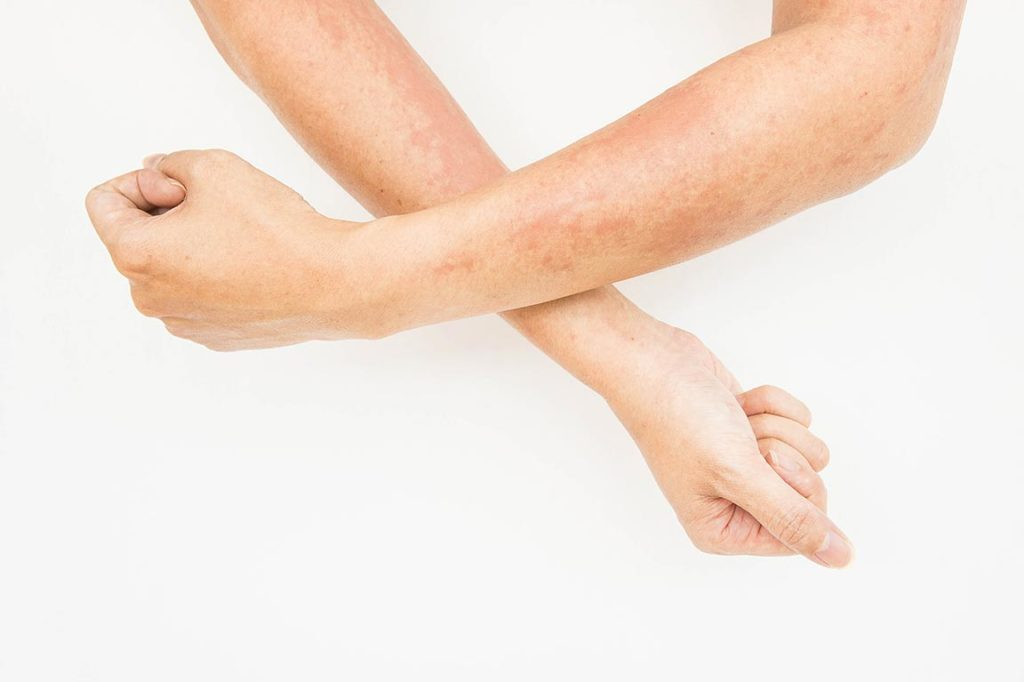
Controlled Exposure
Types of UV Therapy
UVA Therapy
UVB Therapy
UVC Therapy
Applications
Psoriasis
UVB and UVA therapies are commonly used to alleviate symptoms of psoriasis, a chronic skin condition characterized by red, scaly patches. Vitiligo
UVB phototherapy is employed to stimulate the repigmentation of areas affected by vitiligo, a skin disorder causing the loss of pigment. Eczema (Atopic Dermatitis)
UV therapy may be used to manage symptoms of eczema, particularly when other treatments prove insufficient. Rickets
UV exposure, particularly UVB from sunlight, is essential for the synthesis of vitamin D, and UV therapy may be recommended for individuals with vitamin D deficiency-related conditions like rickets. Cutaneous T-cell Lymphoma
UVB or PUVA therapy may be part of the treatment plan for certain types of skin lymphomas.Benefits


Homeopathy: A Holistic Approach to Healing through Individualized Remedies
Homeopathy a holistic approach to healing through individualized remedies


Homeopathic Remedies

Single Remedies

Potencies
Key Principles
Minimum Dose
Individualized Treatment
Law of Similars
Applications
Mental and Emotional Health
Homeopathy is also applied to support mental and emotional well-being, addressing conditions like anxiety, depression, and stress. Women’s Health
Homeopathy is commonly used in women’s health for issues such as menstrual disorders, menopausal symptoms, and pregnancy-related concerns. Acute Illnesses
Homeopathic remedies are often used for acute conditions like colds, flu, and injuries. Chronic Conditions
It is employed for chronic conditions such as allergies, asthma, and digestive disorders.Benefits


Herbology: Harnessing Nature’s Healing Power through Herbal Medicine
Key Components:
Applications:
Benefits:

Nutritional Therapy: Nourishing the Body for Optimal Health and Well-Being
Key Components:
Nutritional Therapy Process:
Applications:
Benefits:
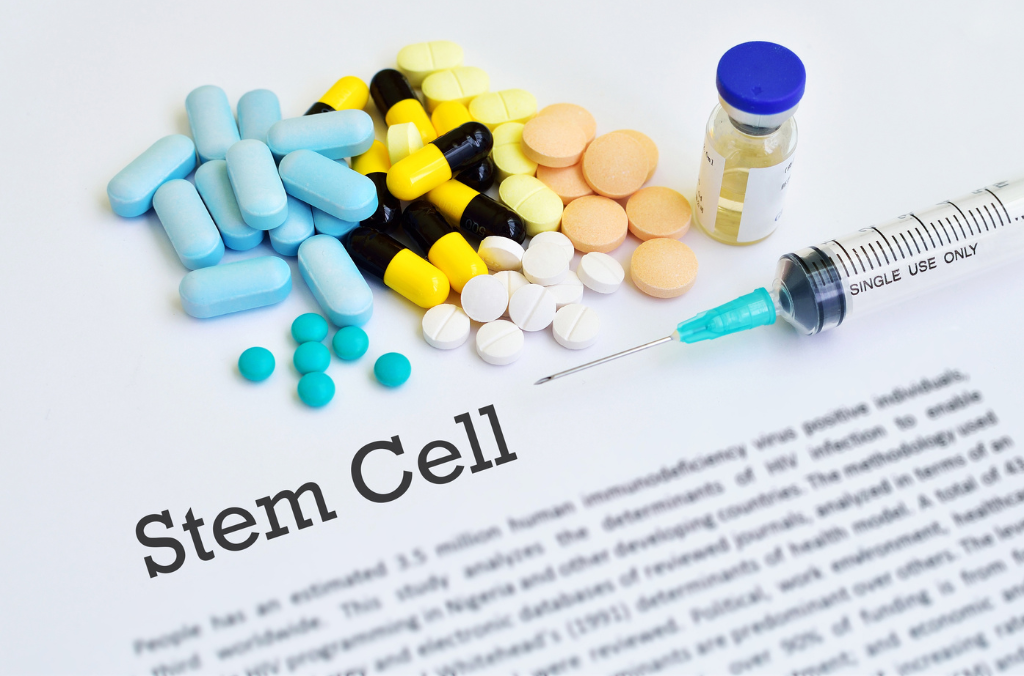
Stem Cell Therapy: Harnessing the Regenerative Potential of Stem Cells for Healing
Key Components:
Applications:
Procedure:
Benefits:

Heavy Metal Detoxification through Foot Basin: Purifying the Body’s Pathways
Applications:

Heavy Metal Detoxification through Chelation: Safeguarding Health from Environmental Toxins
Applications:
Benefits:


